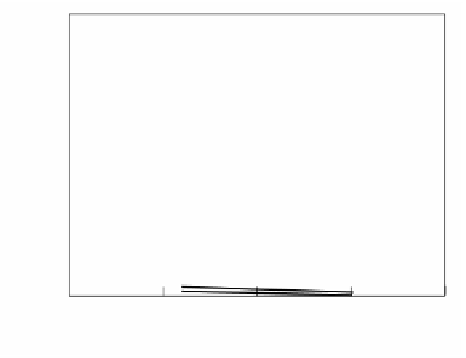Environmental Engineering Reference
In-Depth Information
9
T = 2400K
a
6
2200K
3
2000K
1800K
1600K
0
0.00
0.05
0.10
0.15
0.20
Oxygen ratio
2.3.3 M
IXING
IN
F
URNACE
2.3.3.1 Jet Mixing
Mixing between fuel and air in the near-field of a burner or a flame stabilizer has
been one of the key factors in designing burners of high performance. Coaxial
diffusion flames, recirculating, and/or swirling flows are typical configurations which
were used to conduct basic studies on the mixing processes occurring in burner
flows, and we established large databases with many types of burners commercially
available. We believed that once an ideal burner was designed, it would show the
expected performance when installed in any type of furnace. When considering high
temperature air combustion as the new combustion technology for industry, com-
patibility between high performance regenerative combustion and low nitric oxides
emission is the final goal. Unfortunately, we have not established facts supported
by experience or databases on combustion using highly preheated air. Observations
in prototype furnaces showed that mixing processes between preheated air with flue
gas or fuel in the furnace, not in the near-field of the burner, play a significant role
in yielding preferable conditions for a desired combustion regime. Therefore we
wished to conduct a basic experiment where we were able to obtain specific infor-
mation on high temperature air combustion.
We obtained experimental results demonstrating that the emission of nitric oxides
varies significantly by changing only the mixing process between fuel and air, while
maintaining the same flow rate and temperature of air and fuel.
23
Figure 2.54
shows the combustion chamber used in the experiment and the
schematics of recirculating flow and the appearance of flame zone. The flow inside
the chamber may seem relatively complicated, as we used an unusual flow config-
uration for the basic experiment. However, we should stand some distance away
from the conventional burner experiments to observe the new phenomena of high
temperature air combustion. The controlling factor of high temperature air combus-
tion seems to be the mixing of preheated air with flue gas in the whole furnace; thus












Search WWH ::

Custom Search